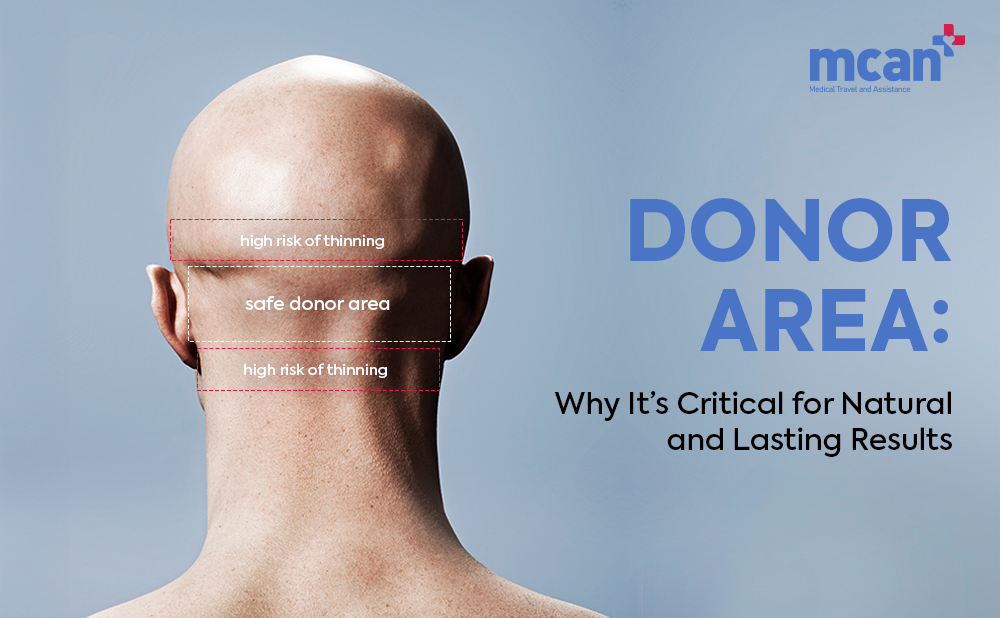
When it comes to hair transplants, most of the attention goes to the areas that need coverage such as the hairline, temples, or crown. But the real foundation of a successful, natural-looking transplant is the donor area; the region of your scalp where healthy hair follicles are harvested for transplantation.
A strong, well-preserved donor area is critical not just for achieving density and coverage, but also for determining your results look natural and stand the test of time. If the donor area is poorly managed, even the best transplant technique can fall short.
This article explains what the donor area is, why it’s so important, how surgeons assess its quality, and what can happen if it’s not properly cared for. Understanding the donor area will help you make informed decisions and set realistic expectations for your hair restoration journey.
What Is the Donor Area?
The donor area in hair transplantation is the region of the scalp where healthy hair follicles are harvested for grafting to thinning or bald areas. Most often, this includes the occipital and parietal regions which indicate the lower back and sides of your head.
What is the Occipital region?
This is the area at the lower back of your scalp, just above the neck. It’s widely regarded as the primary source for donor hair because it offers the highest density and some of the thickest, strongest follicles on the scalp. Hair in the occipital zone is naturally more resistant to the hormones, mainly DHT (dihydrotestosterone), that cause pattern baldness, making it the gold standard for donor grafts in most hair transplant procedures. This area is usually the first choice for extraction to ensure the longest-lasting and most robust results.
For a deeper understanding of DHT’s role in hair loss and the value of DHT-resistant donor hair, see Everything You Should Know About DHT Blockers.
What is the Parietal region?
Located above the ears and extending to the upper sides of the head, the parietal area often serves as an additional source of grafts when greater coverage is needed. Although it usually has slightly lower density compared to the occipital zone, hair in the parietal area is still relatively resistant to thinning and hair loss. Surgeons may use follicles from this region if the occipital supply is limited or if more grafts are required for larger transplants. Careful assessment is essential to avoid overharvesting and to maintain the natural look of the donor area.
Unique Qualities of the Donor Area
What makes the donor area so valuable for transplantation is a combination of genetic resistance and consistent hair quality. These factors ensure that transplanted hair continues to grow naturally and blends seamlessly with surrounding hair:
- Hair here maintains its genetic resistance to balding, even after being moved to a new area.
- Follicles from the donor area are usually thicker and have a stable growth cycle.
- The consistency of hair texture and color in the donor area helps natural-looking results after transplantation.
Why Is Mapping the Donor Area So Important?
Surgeons carefully assess and map the occipital and parietal zones before any extraction begins. This detailed planning is crucial for several reasons: it helps determine how many grafts can be safely harvested, prevents overharvesting that could lead to visible thinning, and preserves the appearance and health of the donor site for potential future procedures. Mapping also helps with the best possible outcome for both the recipient and donor areas.

Why Is the Donor Area So Important in Hair Transplant?
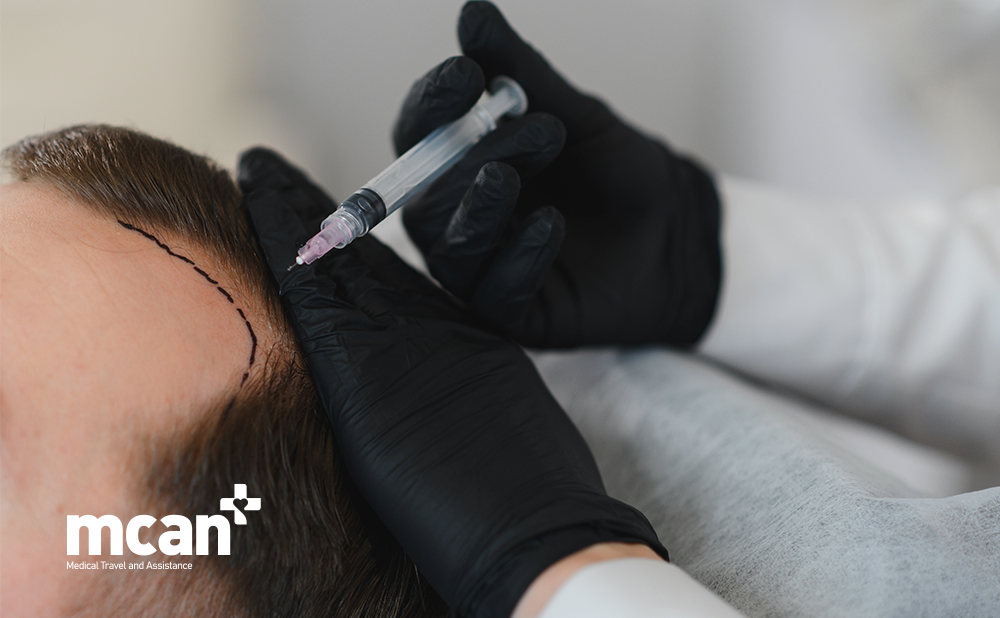
When considering a hair transplant, many people focus on the hairline or balding spots, but the donor area is just as, if not more, important for achieving natural, lasting results. Here’s why:
Natural-Looking Results Start with Healthy Donor Hair
A natural outcome depends on the quality of the donor hair. Follicles taken from the donor area should closely match the direction, texture, and color of your existing hair.
- If the donor hair is thick, dense, and healthy, it allows for better coverage and seamless integration with the surrounding hair.
- Choosing grafts from the occipital and parietal zones lets the transplanted hair behave similarly to the rest of your scalp, minimizing any visual difference after healing.
Donor Area Hair Is Resistant to Further Loss
Hair in the donor area is genetically programmed to resist the effects of DHT, the hormone responsible for androgenetic alopecia (pattern baldness).
- This resistance means transplanted grafts retain their growth characteristics even when moved to the front, crown, or temples.
- Because of this genetic protection, results from donor area hair are considered permanent, and most patients don’t experience loss of transplanted hair over time.
Donor Area Limits the Total Number of Grafts
The amount of available donor hair directly determines how many grafts can be safely extracted and how much balding area can be covered.
- Overharvesting (removing too many grafts) can cause visible thinning or patchiness at the back and sides of the scalp.
- Each person’s donor area is unique, and careful planning is essential to balance present needs with the possibility of future procedures.
To find out how graft numbers are determined and why they matter for coverage and density, check out Hair Transplant Graft Counts: How to Know the Right Number for You.
Impact on Future Hair Restoration Options
Managing the donor area wisely preserves hair for possible second or even third transplants in the future.
- Since hair loss may progress over the years, a preserved donor area means you have options for touch-ups or additional coverage if needed
- Poor management can leave too little donor hair for future needs, limiting your options and affecting your long-term satisfaction.
If you’re curious about how many hair transplants a person can safely have and how donor area planning fits in, read How Many Hair Transplants Can a Person Have?.
Assessing Donor Area Quality
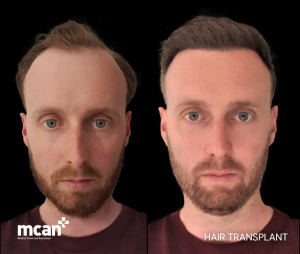
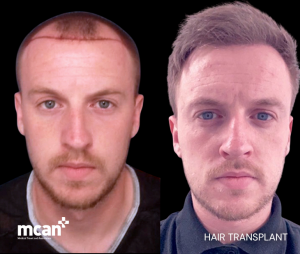
Before moving forward with a hair transplant, a careful assessment of your donor area is performed. This step is vital for your safety and the naturalness of your final result and to plan a procedure tailored to your unique hair characteristics.
What Do Surgeons Look for in the Donor Area?
Rather than just counting hair, surgeons use a combination of visual examination, measurement tools, and sometimes advanced imaging to analyze:
- Hair density: How many follicular units are available per square centimeter.
- Hair thickness and texture: Thicker strands offer more coverage; curly or wavy hair can create a fuller appearance.
- Scalp condition: Healthy, flexible skin without significant scarring, redness, or inflammation is preferred.
- Color and contrast: Matching the donor hair’s color and texture with recipient areas for the most seamless result.
For a step-by-step look at what happens after your procedure and when you’ll see results, visit Hair Transplant Timeline: A Guide to Hair Transplant Recovery & Growth Chart.
What Are the Main Limitations and Challenges?
Not everyone is an ideal candidate for extensive transplantation, and limitations can include:
- Lower density: Some people naturally have less dense donor regions, restricting how many grafts can be safely used.
- Previous surgeries or scarring: Past procedures may reduce the number of healthy follicles available for extraction.
- Diffuse thinning: If hair loss extends into the donor area itself, this can limit usable grafts and affect the outcome.
How Does Donor Area Assessment Shape Your Plan?
A precise analysis guides every major decision in your treatment:
- Sets a safe and realistic graft target that avoids overharvesting or visible thinning.
- Helps your surgeon choose the right extraction technique and strategy for your hair type.
- Allows for better long-term planning by protecting donor reserves for future needs if hair loss progresses.
For an overview of what makes a hair transplant successful and how planning impacts long-term results, see Hair Transplant Success: The Key Elements Behind a Great Result.
Donor Area Management: Preserving Hair for Future Needs
Careful management of the donor area is crucial for maintaining a natural appearance and keeping options open for future hair restoration. How grafts are extracted and how much is taken can make the difference between a successful outcome and permanent visible thinning.
Below is a comparison of what effective and poor donor area management looks like:
| Good Donor Area Management | Poor Donor Area Management |
|---|---|
| Extraction is carefully planned and evenly distributed across the donor zone | Grafts are taken from one area, causing patchiness or scarring |
| Only the number of grafts that can be safely spared is removed | Too many grafts are extracted, leading to visible thinning |
| The donor site retains its natural look and density | The donor area appears thin, uneven, or scarred |
| Surgeon plans for possible future transplants, leaving reserves | Overharvesting leaves little or no option for future procedures |
| Minimal scarring, quick recovery, and lasting results | Higher risk of wide scars, discomfort, or unsatisfactory healing |
What Happens If the Donor Area Is Overharvested?
The donor area is a limited resource. Once hair follicles are removed, they do not regenerate so how this area is managed will impact your appearance for life. Overharvesting means extracting too many grafts from the donor zone, either in a single session or over multiple procedures. This can occur when there is poor planning, lack of experience, or when unrealistic expectations push for more grafts than the area can safely provide.
When the donor area is overharvested, not only does it compromise the natural look of your hair transplant, but it can also create permanent cosmetic issues that are difficult, or sometimes impossible, to repair. Understanding these risks helps patients appreciate why ethical limits and experienced surgical technique matter so much in hair restoration.
What are the risks of overharvesting?
- Visible thinning or patchiness: Taking too many follicles from one area can leave behind thin spots, bald patches, or an uneven look that’s hard to conceal, even with longer hair.
- Scarring: Aggressive extraction, especially with outdated techniques, can cause noticeable scarring or unnatural lines in the donor area.
- Reduced future options: Once hair is removed from the donor area, it cannot grow back. If hair loss progresses later in life, there may not be enough donor hair left for a second procedure or for touch-ups.
Can overharvested donor areas be repaired?
- In some cases, small areas of visible thinning can be improved by transplanting grafts from other regions (if available) or by using scalp micropigmentation to disguise scars.
- However, if too much hair is lost from the donor area, options for repair become very limited. Prevention, through careful planning and experienced technique, is far more effective than correction.
Hair Transplant in Turkey with MCAN Health: Protecting Your Donor Area, Ensuring Lasting Results
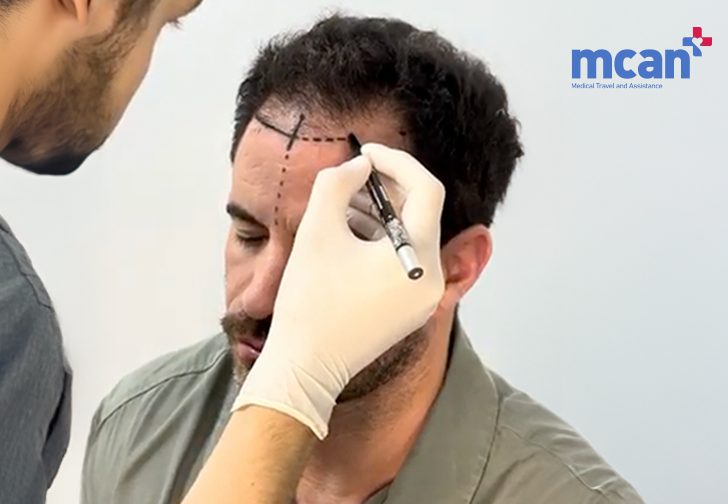
A successful hair transplant relies on much more than just the visible outcome. It starts with expert care for the donor area. At MCAN Health, our commitment to donor area preservation is at the heart of every procedure, setting the stage for natural, confident results that last.
When you choose MCAN Health for your hair transplant in Turkey, you benefit from:
- Advanced donor area assessment: Personalized evaluation to determine the safest, most effective approach for your unique needs.
- Modern extraction techniques: Using state-of-the-art tools and technology to minimize trauma and support rapid healing.
- Ethical graft management: Carefully planned extraction to avoid overharvesting and keep your donor area healthy for future needs.
- Transparent communication and aftercare: Step-by-step guidance, 24/7 support, and clear follow-up to protect both your transplanted and donor areas.
- A reputation built on trust: Thousands of international patients, high satisfaction rates, and global accreditation for quality and safety.
With MCAN Health, your donor area is treated with the respect and expertise it deserves. You can enjoy the natural, permanent results you expect from a leading hair transplant clinic in Turkey.
Frequently Asked Questions About the Donor Area in Hair Transplant
How many grafts can be safely taken from my donor area?
The number varies based on your hair density, scalp health, and donor area size. Most patients can safely provide 2,000 to 4,000 grafts in a single hair transplant session without noticeable thinning. A thorough assessment by your clinic will determine your safe limit.
Will people notice thinning in my donor area after a hair transplant?
If the procedure is performed by experienced specialists using modern techniques, thinning should not be visible. Proper planning and even distribution of extractions help maintain a natural look in the donor region.
Can donor hair be used for a second or third hair transplant?
Yes, if the donor area is managed carefully and not overharvested, it can provide grafts for future procedures. Your surgeon will evaluate your donor reserves before recommending additional sessions.
What if my donor area is weak or has low density?
If your donor area is limited, your surgeon may suggest a more conservative approach, combining techniques to maximize results or considering other areas such as beard or body hair in special cases. Honest consultation is key for setting expectations.
 Foreign Office Officials Issue Warning Over British People Traveling to Turkey for Medical Treatment
Foreign Office Officials Issue Warning Over British People Traveling to Turkey for Medical Treatment  Male Rhinoplasty: Preserving and Enhancing the Masculinity
Male Rhinoplasty: Preserving and Enhancing the Masculinity  BBL and Tummy Tuck – Two in One; Safe or Not Safe?
BBL and Tummy Tuck – Two in One; Safe or Not Safe?